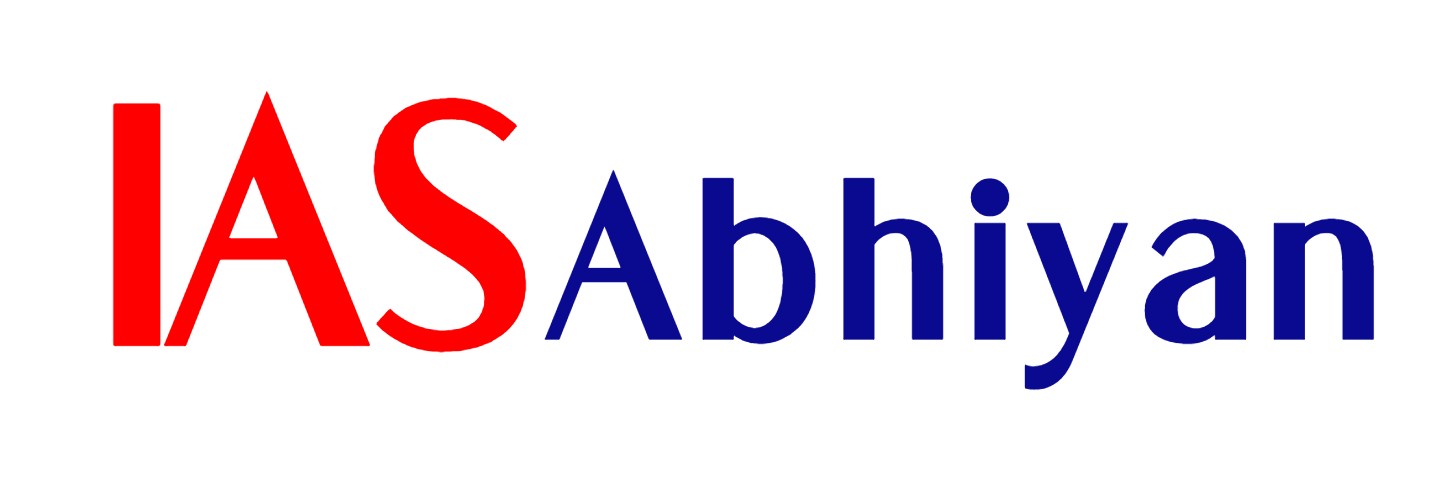On Substances that Deplete the Ozone Layer (a protocol to the Vienna Convention for the Protection of the Ozone Layer) is an international treaty designed to protect the ozone layer by phasing out the production of numerous substances believed to be responsible for ozone depletion. The treaty was opened for signature on September 16, 1987, and entered into force on January 1, 1989, followed by a first meeting in Helsinki, May 1989. Since then, it has undergone seven revisions, in 1990 (London), 1991 (Nairobi), 1992 (Copenhagen), 1993 (Bangkok), 1995 (Vienna), 1997 (Montreal), and 1999 (Beijing).
The Montreal Protocol has, contributed to a significant drop in total global production and consumption of ozone depleting substances used in agricultural, consumer and industrial sectors around the world. It has also generated climate benefits as some of these substances are greenhouse gases, too.
Since 2010, the agenda of the Protocol has focused on the phase-out of hydrochlorofluorocarbons (HCFCs), an ozone-depleting substance mainly used in cooling and refrigeration applications, and in the manufacture of foam products.
In addition to the ozone benefit, the HCFC phase-out agenda strongly emphasizes climate mitigation and energy efficiency. Climate gains are achieved by using substances with lower or no global warming potential and, large energy efficiency improvements can be achieved through certain technology upgrades.
Strategy
The World Bank’s strategy for HCFC phase-out focuses on maximizing environmental benefits by better reflecting the convergence of the ozone and climate agendas in project activities.
The goal is to better integrate HCFC phase-out work in Bank-financed energy efficiency programs while increasing demand for non-HCFC equipment and informing users on the possible climate impact of alternative technologies. The strategy also supports working directly with manufacturers and the service sector to demonstrate the use of technology in projects that help improve performance, lower energy consumption, while enhancing climate benefits. Issues of commercial availability and costs of alternative solutions make it challenging for some manufacturers to move away from HCFCs, particularly in certain developing countries.
A range of programs and initiatives within the World Bank, consistent with the Protocol’s HCFC phase-out goals, promote energy efficiency through technical assistance and knowledge sharing across a variety of platforms. The newly announced Low-Carbon Livable Cities (LC2) Initiative will support efforts to plan and finance low-carbon, climate-smart development in 300 of the largest developing country cities around the world over a four-year period. The City Energy Efficient Transformation Initiative, a three-year initiative of the World Bank, seeks to help urban leaders integrate energy efficiency into the core of city planning and makes available assistance to design targeted interventions in buildings and city areas.
It is believed that if the international agreement is adhered to, the ozone layer is expected to recover by 2050. Due to its widespread adoption and implementation it has been hailed as an example of exceptional international co-operation, with Kofi Annan quoted as saying that “perhaps the single most successful international agreement to date has been the Montreal Protocol“. The two ozone treaties have been ratified by 197 states and the European Union making them the most widely ratified treaties in United Nations history.
The Vienna Convention
It is for the Protection of the Ozone Layer is a Multilateral Environmental Agreement. It was agreed upon at the Vienna Conference of 1985 and entered into force in 1988. It has been ratified by 196 states (all United Nations members as well as the Holy See, Niue and the Cook Islands) as well as the European Union.
It acts as a framework for the international efforts to protect the ozone layer. However, it does not include legally binding reduction goals for the use of CFCs, the main chemical agents causing ozone depletion. These are laid out in the accompanying Montreal Protocol.
